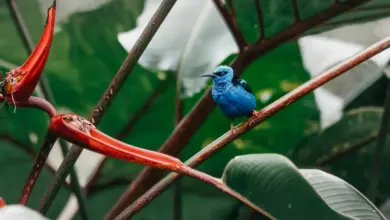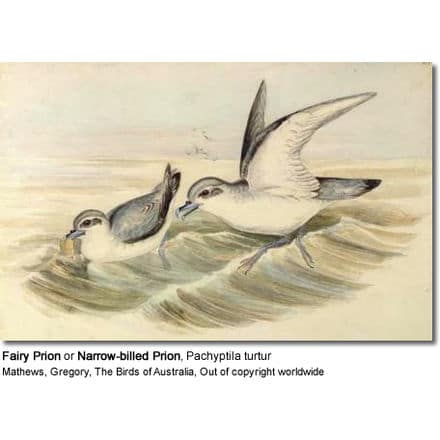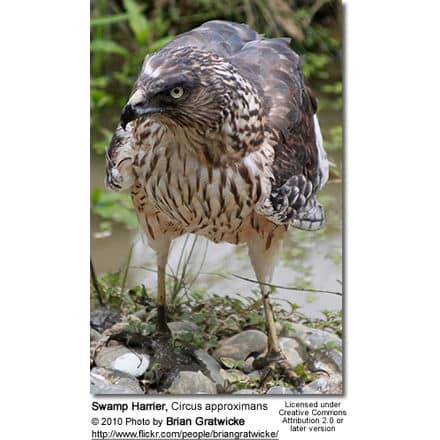Superb Lyrebirds
The Superb Lyrebirds (Menura novaehollandiae) is a pheasant-sized songbird, approximately 100cm long, with brown upper body plumage, grayish-brown below, rounded wings and strong legs. It is the longest and third heaviest of all songbirds.
The polygamous male is the bearer of the most elegant of all tails. The tail has sixteen feathers, with the two outermost being lyre-shaped. Next within are two guard plumes and twelve long, lace-like feathers, known as filamentaries. Seven years is required for the tail to fully develop.
During the courtship display, the tail is fanned forward beyond his head to form a silvery white canopy.
An Australian endemic, the Superb Lyrebird is distributed in the forest of southeastern Australia, from southern Victoria to southeastern Queensland. The superb lyrebird was introduced to Tasmania in the 1930s and 40s in order to save the bird from the perceived threat of foxes and habitat loss in its original range.
Widespread and common throughout its large range, the Superb Lyrebird is evaluated as Least Concern on the IUCN Red List of Threatened Species.
The scientific name has been given as Menura superba previously.
Lyrebirds are ancient Australian animals. The Australian Museum has fossils of lyrebirds dating back to about 15 million years ago.[1] The prehistoric Menura tyawanoides has been described from early Miocene fossils found at the famous Riversleigh site.
Calls / Vocalizations
One of the two lyrebirds in the family Menuridae, the other being the much rarer Albert’s Lyrebird, the Superb Lyrebird has a wide vocal range and extraordinary ability to accurately mimic sounds.
Breeding / Nesting
The female lays a single egg and builds a domed nest above ground.
Diet / Feeding
The diet consists mainly of small animals found on forest floors or from rotting logs.
References
- BirdLife International (2004). Menura novaehollandiae. 2006 IUCN Red List of Threatened Species. IUCN 2006. Retrieved on 12 May 2006. Database entry includes justification for why this species is of least concern
- Lyrebird: Overview – Pulse of the Planet



